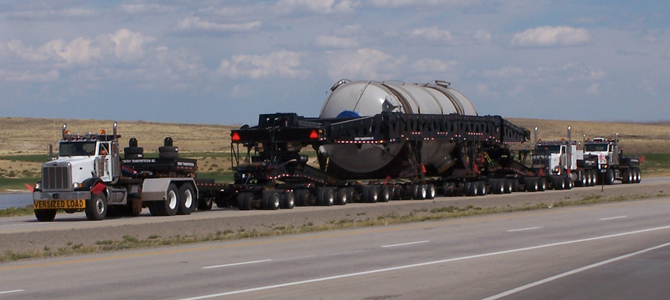Moving Your Machinery

When heavy equipment or machinery has to be moved, you need to follow the proper procedures to ensure that no one is injured and that there is no damage to the equipment. Just one wrong move with heavy equipment could result in serious injuries or a loss of life.
Oftentimes, transporting or moving large pieces of equipment or heavy machinery may require rigging. Rigging may involve lifting the load and then making sure it tied down on the truck so it won’t move or fall from the truck.
Rigging Tools
Basic tools for rigging includes pry bars, straps, chains, ropes, shackles, eye bolts, wedges and rollers. The kind of size of rollers are dependent upon the size and weight of the machinery. Rollers range in size from three-quarters of an inch pipe to much larger. The kind of pipe that is used to construct the rollers also plays a significant role. Really heavy loads may require 80 pipe, which is extra strong and harder to dent or crush.
Wedges – Wedges sometimes come in handy. Steel wedges should have a taper of less than 10 degrees and feature tempered, hardened edges. The initial lifting of a machine can be done by wedges until larger wedges or pry bars can get installed. Wedges are also helpful for leveling equipment or pieces of machinery. Wooden wedges are helpful for removing rollers while leaving it raised.
Pry Bars – There are various kinds of pry bars. Railroad bars are an excellent tool for moving heavy equipment. They are about five feet long and are about one-and-one-fourths inches square on the wedge end then taper.
Jacks – Jacks are sometimes needed to lift or raise heavy loads. Hydraulic jacks are actually the best for lifting while screw jacks do a better job at holding loads.
Chains – Chains are very popular tools for transporting loads. Larger chains, such as 5/16” and 3/8” are commonly used for tying down loads. They have to have the appropriate hooks connected in order to tie down the load.
Slings – Commercial load slings can handle high weight capacity loads. Because they are soft, they do not mar or scratch the machines they are holding. Slings have the advantages of cable, which means there are no kinks or loose wires.
Straps – When using straps, shackles are a necessity. Small shackles are effective in connecting slings and chains while large shackles are good to connect hoists to rigging. The much larger shackles are good for all-purpose rigging.
Eye Bolts – While eye bolts can be used in lifting loads. Bent hardware eyes are not the same as eye bolts. Eye bolts are heavy forged pieces that have a large flange underneath the eye, with some being threaded. Check to ensure you select the correct sized eye bolts for the load capacity in pounds.
Inspection
All of the moving tools require regular inspection to ensure the safety of those handling the moving and those who are standers by. You don’t want to risk a piece of equipment flipping over on someone or a vehicle. It can cause major damage and result in all kinds of injuries. If you find a tool that is beginning to look worn or that does not operate with a tight, smooth function, it is time to get rid of it and get new equipment.
If there is any doubt, throw it away and use a new piece of equipment. If your cables, ropes or slings look worn or damaged, don’t risk them breaking. Check chains for slippage, severe rust, cracks or breaks in links. Make sure pry bars aren’t bent. Check to make sure eye bolts and fasteners are tight, straight and free from bends or damage.
Proper Training
Make sure that everyone who is helping to load the equipment and unload it has been properly trained in safety measures. There is no room for safety. Just a small mistake can have devastating results. Don’t risk it. Everyone around a heavy machinery move should be properly trained and skilled in how to load and unload the equipment correctly and safely.
Always hire professional machinery movers to handle the job. These are people who are trained in the safe transport of equipment. You don’t have to worry about any of your employees being injured or your equipment being damaged. They have the right tools and equipment, proper endorsements and permits and the experienced team members who can make sure everything is done to expectation.
Affordability
It is much more affordable to hire a professional heavy equipment moving company to handle the job. You don’t have to invest in tools or equipment that you may not use again, you don’t have to worry about inexperienced people handling the job and you don’t have to worry about whether the equipment will reach its destination.
Join our newsletter
Subscribe to our weekly newsletter chalked full of useful tips, techniques, and design goodies.

